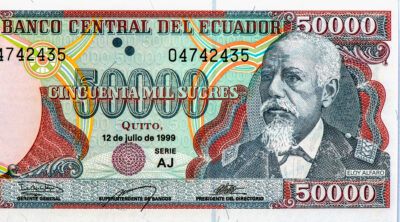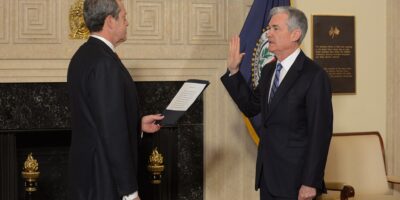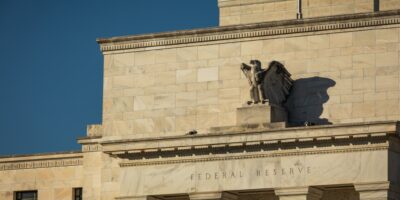Sound money abroad: the Ecuadorian case
Sometimes sound money can be found abroad. Some countries, simply put, cannot or do not want to have reliable monetary institutions. Take the example of Argentina.Since the foundation of the central bank in 1935, the equivalent yearly inflation has been 55%. Venezuela is also experiencing very high inflation.
When sound money cannot be found domestically, often the best place to look is abroad.
In this interview, Prof. Lawrence H. White comments on Ecuador’s dollarization, which took place in the year 2000. White points out that since then, most economic indicators have improved. Certainly there are other factors that can explain a good performance, like the benefits received from exports in the oil market. Still, Ecuador did better in relative terms than other oil exports countries that are not dollarized, and other dollarized countries like Panama and El Salvador have also performed well.
Many countries in Latin America have abused the exchange rate policy to the point where their economies have become informally dollarized. The use of exchange rate devaluations to get trade surplus has been a norm in many countries.
The effects are, of course, only temporary and not without effects on resource allocation between tradable and non-tradable sectors. These countries seem to confuse clear causal relationships. Exports increase because a country becomes more productive; a country doesn’t become more productive because exports increase. The policy to “promote exports” as a means to increase the wealth of a country is inaccurate.
When a country uses some other nation’s currency, the feeling that there is something missing can arise. Can a country be complete without its own currency? It certainly can. This dilemma is also fostered by the fact a dollarized economy uses a means of payment that is decorated with U.S. historical figures and presidents, not local national symbols. American symbols on American currency would have one believe that currency is part of what constitutes the nation.
Currency, however, is not in fact a national symbol (like a flag or an anthem) but rather a means to perform transactions. In the ties of the classic gold standard, the unit of account and ultimate means of payment was gold (for better or for worse), but it should be noted that gold is a nation-less currency.
Let’s revisit the Argentine example.
This country was ready to dollarize before the 2001 crisis. The exchange rate was one peso per dollar, which makes an easy conversion. Deposits in dollars were common. But the country decided to abandon its currency board, devaluated the exchange rate from 1ARS = 1USD to 3ARS = 1USD (yes, that’s correct). Today the country is facing capital controls and the exchange rate in the black market is around 13ARS = 1USD (yes, that’s correct again) with a yearly inflation rate around 40% (yes, that’s also correct).
When a country ruins its currency, dollarization or the use of a foreign currency can take two paths. Either it happens informally or it becomes formal. The informal path is more costly and inefficient. The formal path has two options. A bilateral dollarization, which implies an agreement with the U.S., or a unilateral dollarization which does not require an agreement with the U.S., the country just uses the USD. The advantage of the latter is that it allows for more flexibility if citizens want to change the currency they are using. A true sound money system would be for each nation to give free choice of currency leaving no option for central banks to actually focus on sound money.
Some arguments to de-dollarize have taken place in Ecuador.
As far I can tell, there are no successful cases of de-dollarization. Like White argues in his interview, if policy makers honestly care about the wealth of the nation they represent, why abandon a monetary system that shows better results than they can actually deliver?









